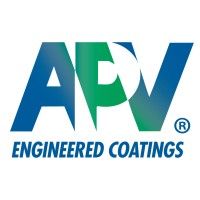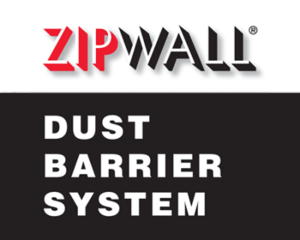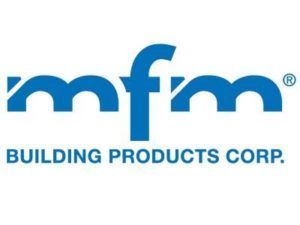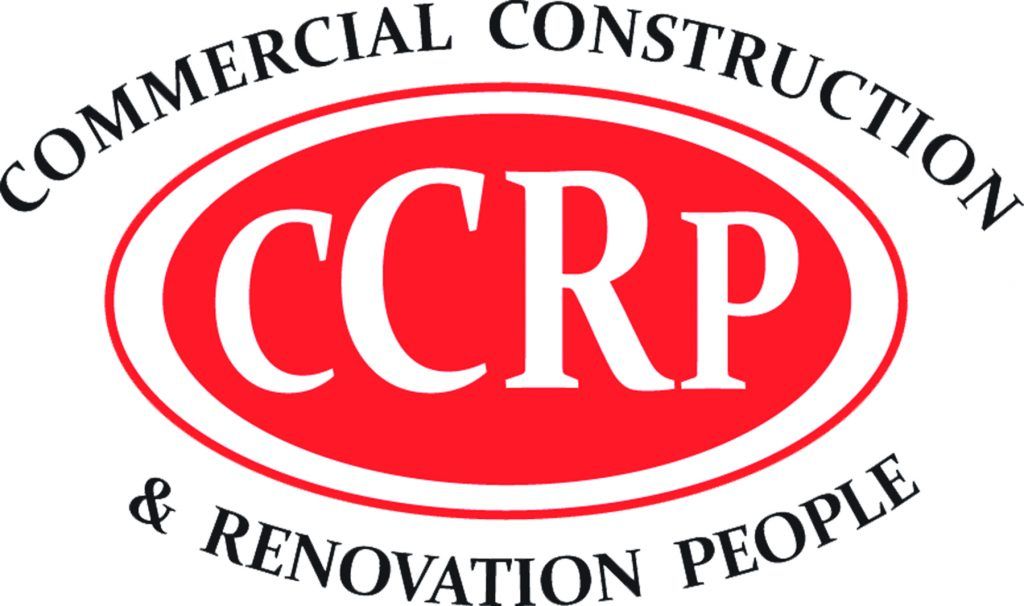Normally, a furnace has a long lifespan, usually from 15 to 20 years, as long as it receives regular maintenance. With this in mind, you might only need a new furnace at least once in your lifetime. Once it’s time to get a new furnace for your home, choosing the right one to ensure the best operational efficiency is crucial.
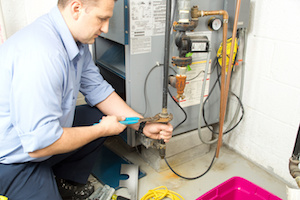
Always remember that installing a furnace should be correct, whether it’s a replacement or an upgrade. Some of the potential problems that are likely to manifest over time are due to poor installation. When getting a new furnace, you must have a plan and get a professional to conduct an inspection. If you’re eager to know more about heating installation, check out Elevation Heating and Cooling and other service providers to assist you in this project.
As part of the preparation for installing a new furnace, here are several tips to help you get started:
Assess Your Heating Needs
Before starting your search for a new furnace at a local home improvement or online retailer, you should have your home heating needs to be assessed by a professional. Once you get in touch with a professional, the assessment involves determining the size of your house to decide suitable heating options.
The main criteria you should look for in a new furnace include size, efficiency, and type. When a furnace has a high Annual Fuel Utilization Efficiency (AFUE) rating, it’s highly efficient. Make sure that the furnace you’ll choose has an AFUE rating of at least 80%.
It’d be best to consider various factors when deciding on the size of the furnace for your home. Some of these factors include the insulation and condition of the roofing, doors, windows, and other ventilation systems. Remember that all these can affect the load capacity of the furnace.
Inspect The Current Heating System
When preparing for the installation of a new furnace, an inspection of the ductwork is one of the crucial tasks to do, so that the professional can carry out repairs right away. Once there are air leaks in the ductwork, it can compromise the overall efficiency and effectiveness of the new furnace.
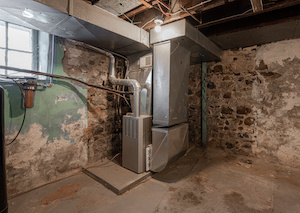
Clean The Pathway To The Furnace
In most houses, the heating systems are often large and complex to maneuver. There must be enough space to replace the old furnace. By cleaning the pathway to the heater, it can make the installation process manageable. It also makes it safer for the professional to do their work if you remove any potential trip or fall hazards along the way.
If there’s a need to move through hallways and tight spaces to install the new furnace, make sure you’ll remove any obstructions along the way.
Invest In An In-line Humidifier
The addition of an in-line humidifier to your new heating system can be beneficial. During the cold season, the air indoors and outside is dry. Once the air has minimal moisture, it can cause chapped lips and dry skin.
When you have an in-line humidifier, it adds moisture to the air in your home, jointly with the furnace. Moisture will make it warmer at a lower temperature, which helps lower your heating bills.
Check If A Programmable Thermostat Is Available
Before installing the new furnace, you should check if it includes a programmable thermostat. When you have one, it allows you to create a schedule that keeps the temperature in your home at a moderate level if you’re away. This approach will significantly help save money on your monthly utility bill and extend the service life of your furnace.
An ideal option is one with Wi-Fi capabilities. A Wi-Fi–programmable thermostat will allow you to readily adjust the temperature, right from your tablet or smartphone, even if you’re away.
Consider An In-line Air Purification System
Since you’re getting a new furnace for your home, you might as well consider an in-line air purification system. The majority of houses accumulate significant amounts of dust, even if you perform regular cleaning.
If you have a family member with asthma or allergies, the dust can worsen the symptoms. A furnace with an in-line air purification system can effectively clean the air while generating heat at the same time. The system will provide your home with clean air and improve the level of comfort.
Know What Happens During The Installation
The installation of a new heating system usually takes a few hours up to a couple of days. Taking out the old furnace is the most exhausting phase. Although a professional will tackle the job, you should be present at all times.
Conclusion
Once your old furnace needs replacement, it’s crucial to plan for the proper installation of the new furnace. Working with a professional will ensure that your new heating system undergoes correct installation and will function as smoothly as possible. If it’s your first time getting a new furnace, the tips in this post should help you go through a hassle-free and successful installation.



